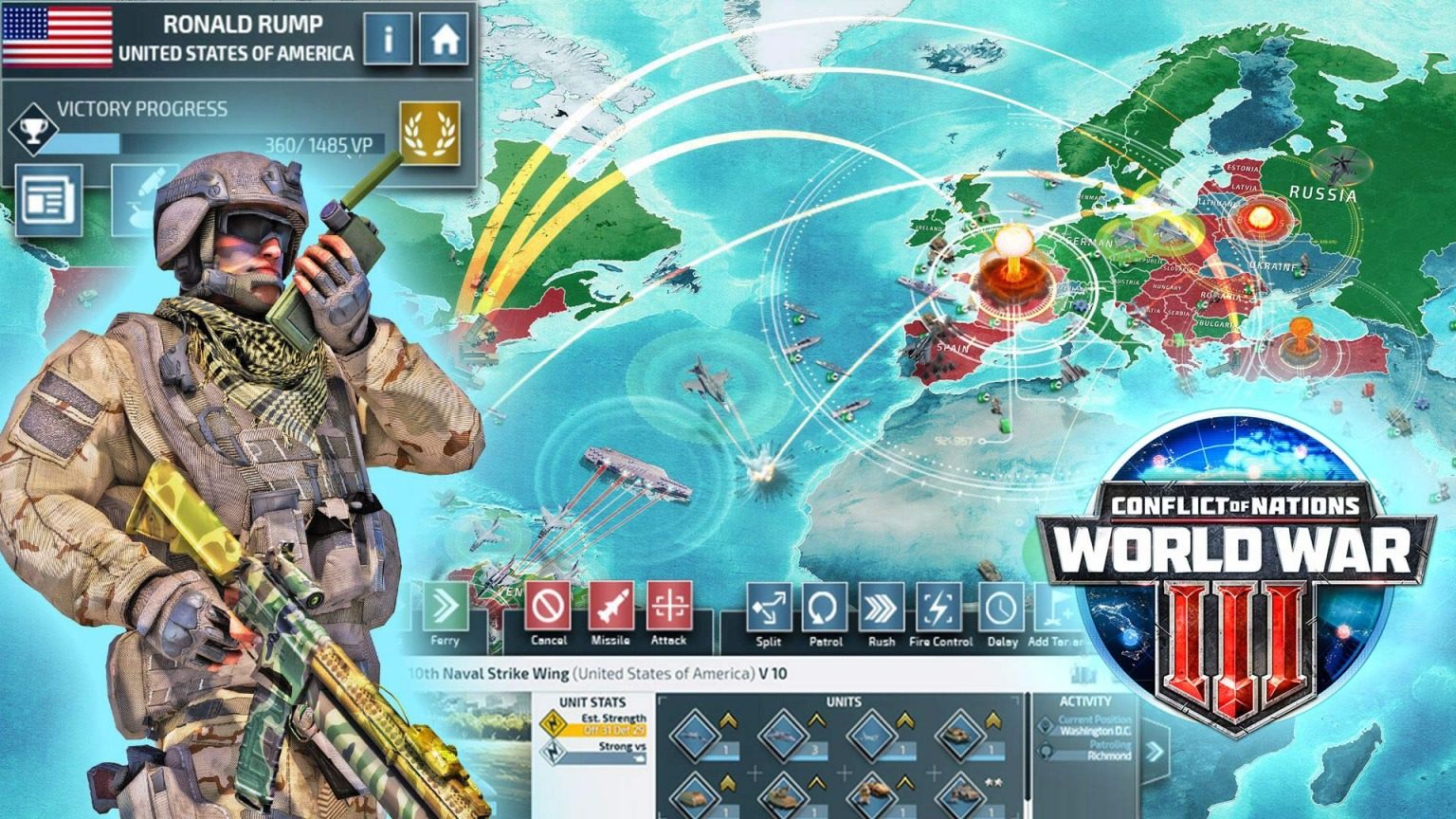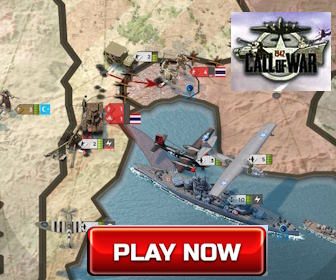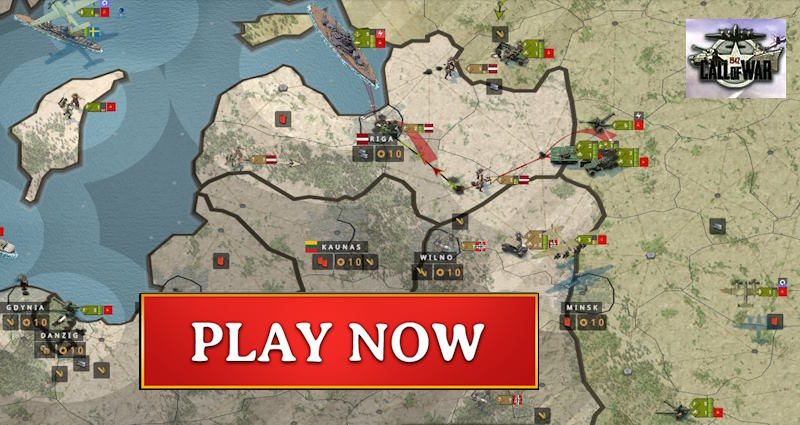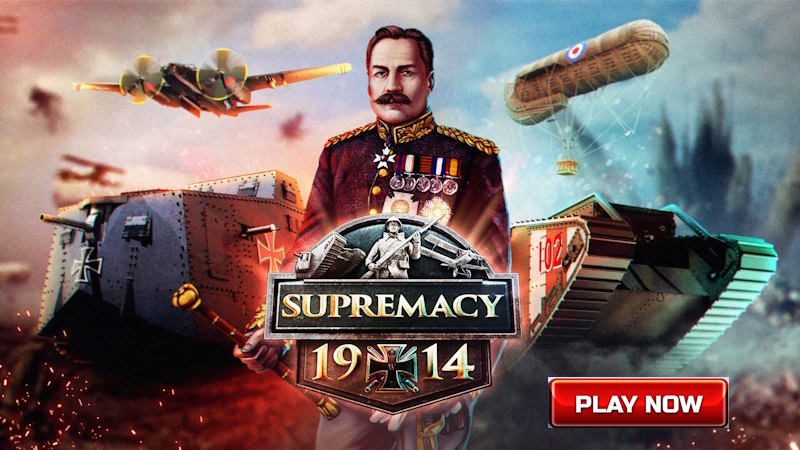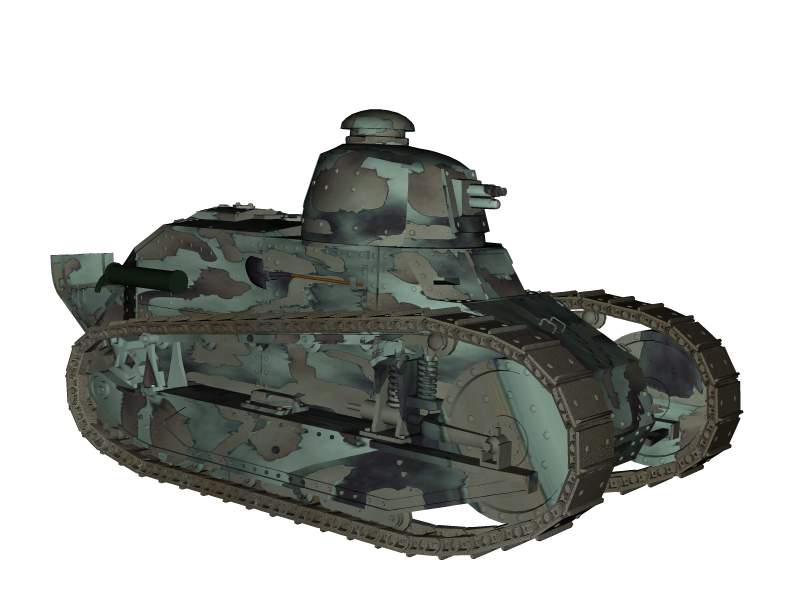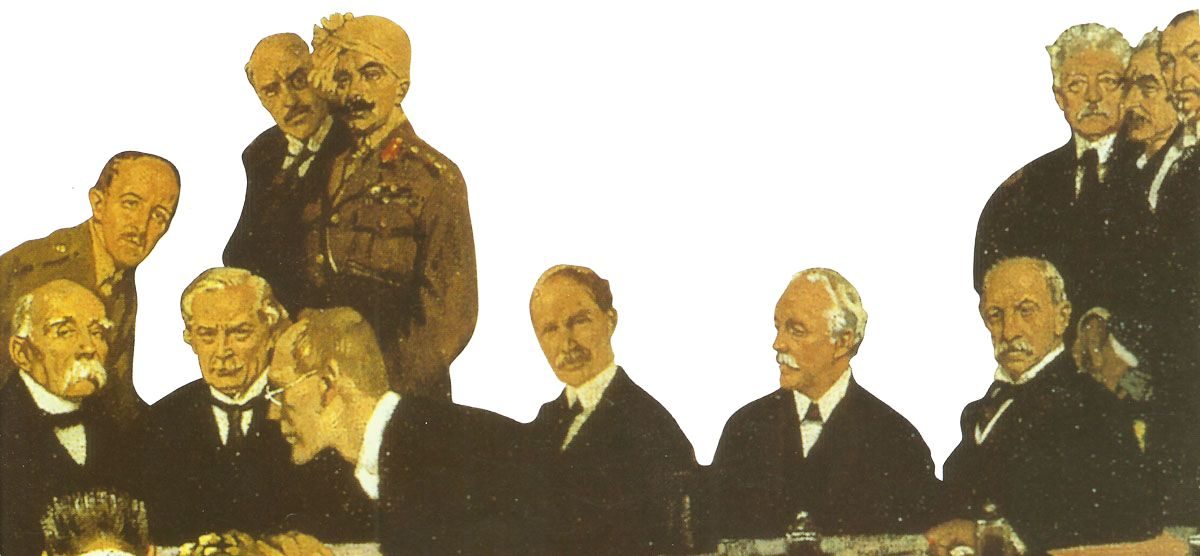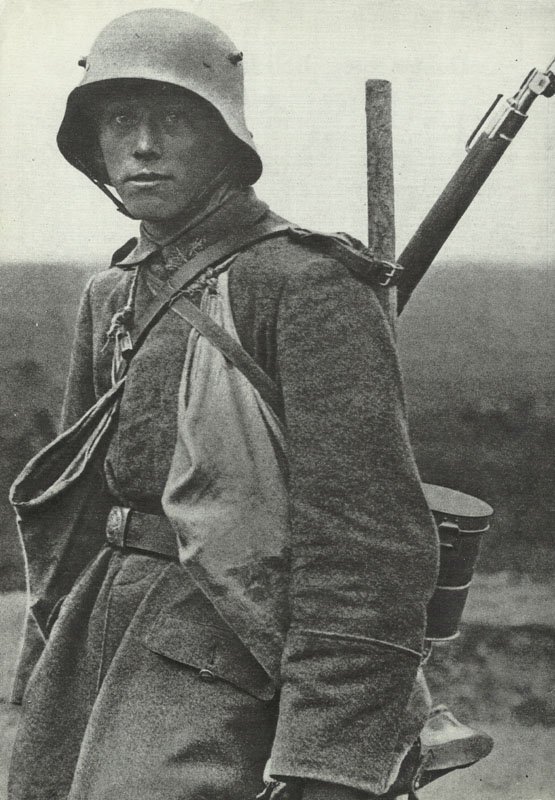Heavy Mk VIII ‘Liberty’ or ‘International’ tank build in U.S. after World War One.
History, development, service, specifications, statistics, pictures, and 3D model.

Mark VIII (Liberty or International tank)
Table of Contents
Mk VIII (Liberty or International tank)
Type: Heavy Infantry Tank.
The Mark VIII Liberty Tank, also known as the International Tank or Anglo-American Tank, was a heavy tank designed and manufactured during World War I as a joint project between the United States and the United Kingdom.
Overview
Development: It was developed in 1917-1918 as a collaborative effort to create a standardized heavy tank for Allied forces.
Design: The tank was larger than previous British heavy tanks and featured a more elongated shape with improved mobility.
Crew: It required a crew of 11-12 men to operate effectively.
Armament: The main armament consisted of two 6-pounder (57 mm) guns in sponsons on either side of the hull, plus up to five machine guns.
Armor: It had armor up to 16 mm thick, which was considered substantial for its time.
Engine: The tank was powered by a 300 hp V12 Liberty aircraft engine.
Production: Only a small number were produced before the end of World War I, with most being completed after the war had ended.
Service: Due to its late arrival, the Mark VIII did not see combat in World War I. Some units were kept in service by the US Army into the 1930s for training purposes.
Historical significance: While not used in combat, the Mark VIII represented an important step in tank design and international cooperation in military technology.
Influence: The experiences gained from this project influenced future tank designs in both the US and UK.
The Mark VIII Liberty Tank stands as an interesting example of early 20th-century military engineering and international collaboration in weapons development.
History
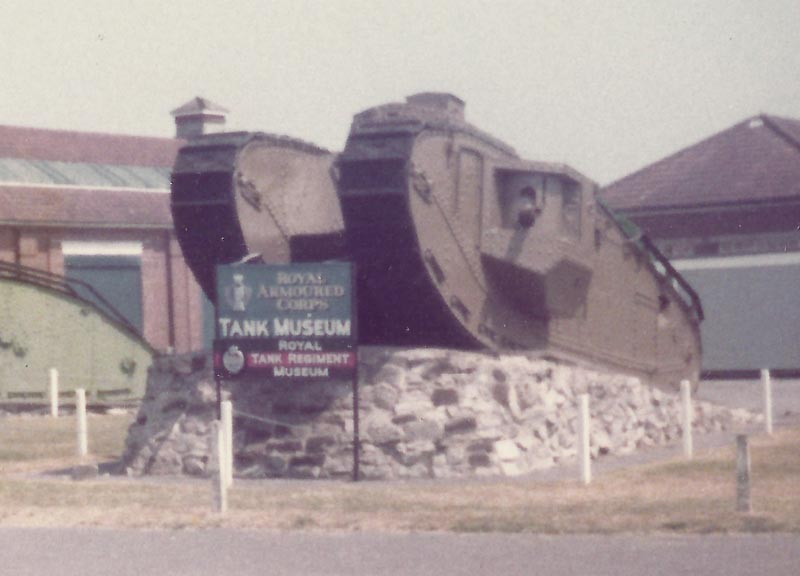
In 1916 General John J Pershing appointed an officer with the planning of a tank unit for the US Army. This officer, Major James Drain, was sent to London, where he discussed his mission with Lt. Col. Albert Stern, who had been appointed as Chairman of the Royal Naval Air Service Country Ships Committee.
A provisional order for 600 Mk VI was granted, but in September 1917 Major Drain recommended, to replace it with the Mk VIII, which was currently at this time under development. At that time, the advantages of an Allied standardization were so evident that the proposal has been made to unite the British experience with the American production facility.
So Winston Churchill was submitted a draft agreement on 11 November 1917, after which the British and American options should be summarized for the development and construction of a new tank. The assembly of the new vehicle should be done at a new plant in France. Churchill agreed to the proposal in December, and in early 1918 the British-American tanks Treaty was signed in London by the British Foreign Secretary Arthur Balfour and the American ambassador Walter Page.
The design work – for the drawings was Lieutenant G J Rackham responsible – were taken over by the Mechanical Warfare Supply Department of the Armaments Ministry. Britain should supply the armor plates, structural elements, chains and rollers. The United States had to provide the driving elements, and France should build the factories for assembly with British construction equipment. The first meeting of the Allied tanks Commission was held in France on 4 December 1917. It was decided to reach an initial production of 300 vehicles per month, which should rise later on 1,200 per month.
The idealism that was expressed in the agreement, has been overshadowed, unfortunately, by some events. The German March offensive of 1918 led to heavy British losses of material, and mistakes in the American aircraft program made it impossible to provide the Liberty engines earmarked for the tank construction. At the time of the armistice in 1918 parts for 100 vehicles were just finished in Great Britain, while the US had enough material for half of the initially planned 2,950 vehicles.
France withdrew a week after the armistice from the agreement, and the British enthusiasm had also fallen sharply after the losses in March 1918. So did the United States have no other choice than to assemble 100 tanks from purchased parts from Britain at Rock Island arsenal in 1919. The US Army took this tanks into service and used them until 1932, then they were withdrawn and mothballed.
In 1940 about 90 were delivered to a scrap price to Canada, where they formed the basis for General Worthington Tank Corps.
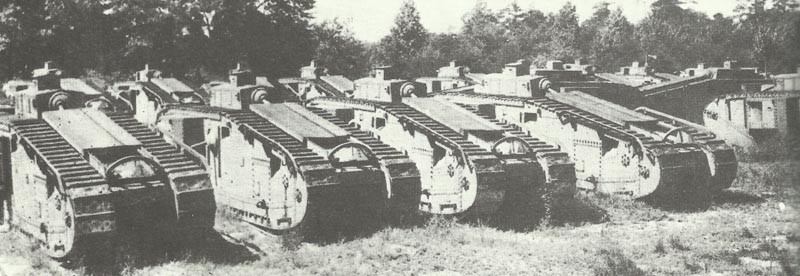
The Mk VIII had the quite rhomboid shape of the tanks from World War One and was designed so that it could cross trenches to 14.4 ft (4.40 m). The tub was riveted from tempered steel plates and the front and at the side armor was 22 mm thick – for other parts somewhat weaker.
For the first time, the rear engine compartment was separated from the fighting compartment by a bulkhead. The combat area had top pressure, so that smoke, heat, noise – but also the risk of fire – were reduced. This was the first attempt to realize some human conditions in a tank. Unfortunately, it was still necessary that a mechanic was staying in the engine compartment – and whose working conditions were naturally degraded by this novelty.
The Mk VIII tank had a control system developed by Major W G Wilson (probably the first practical application of transmission control), which distributed engine power depending on the decisive control to the two chains; instead just to break on one side.
There were problems with the Mk VIII tanks with the engine cooling, so that the maximum speed never could keep for a long time – much to the relief of the mechanic in the engine compartment. In 1929 an attempt was made to improve engine cooling. Although the Mk VIII was never used in combat, it is the first exemplary attempt of a collaboration development and production by several countries (the reason for its nick-name ‘International’).
Without the armistice the production of Mark VIII starting in 1919 would have left all other Allied tanks programs far behind.
Users: US Army, later Canada.
Animated 3D model Mk VIII
Specifications for Mk VIII
Specifications:
Mk VIII | Specification |
|---|---|
Crew | 10-12 |
Main Armament | 2 x 6-pounder QF guns in casemates, one each side |
Secondary Armament | up to 7 x 7.62mm Browning machine gun in armored visors |
Length | 34.12 ft (10.4m) |
Width | 9.22 ft (2.81m) |
Height | 10.24 ft (3.12m) |
Armour | 0.25-0.87 in (6-22mm) |
Battle weight | 41.4-49.3 tons |
Ground pressure | c. 0.37 kg/cm² |
Power to weight ratio | c. 9 hp/t |
Engine | Liberty V-12 water-cooled aircraft engine with 338 hp at 1,400 rev/min. |
Road speed | 6.5 mph (10.4 km/hr) |
Road range | 50 miles (80 km) |
Vertical obstacle | 4.25 ft (1.30m) |
Trench crossing | 14.4 ft (4.40m) |
Climbing power | unknown, but declared as a 'good' |
Service delivery | 1920 |
Total production figure | 100 |
Price per unit | $ 85,000 (in prices from 1919) |
References and literature
Panzer und andere Kampffahrzeuge von 1916 bis heute (Christopher F. Foss, John F. Milsom, Colonel John Stafford Weeks, Captain Georffrey Tillotson, Richard M. Ogorkiewicz)
Panzerkampfwagen des 1. und 2. Weltkrieges (Andrew Kershaw)
British and American Tanks of World War II (Peter Chamberlain, Chris Ellis)


